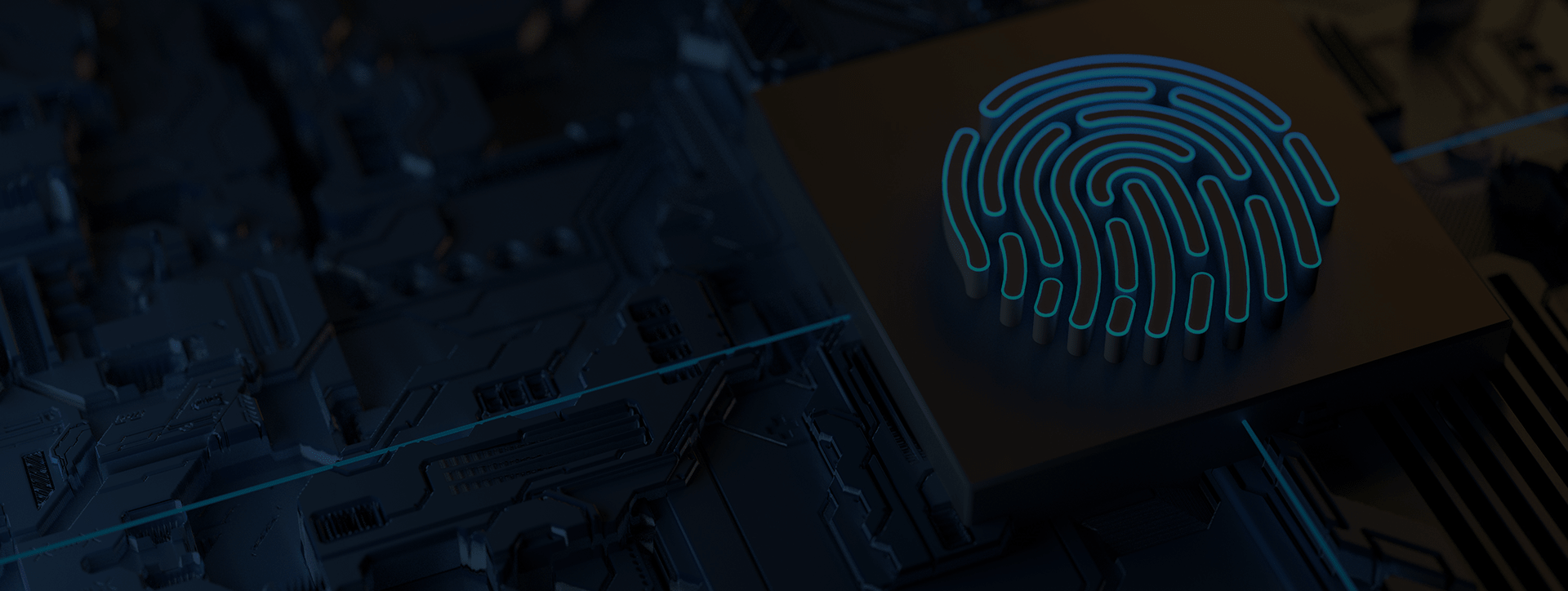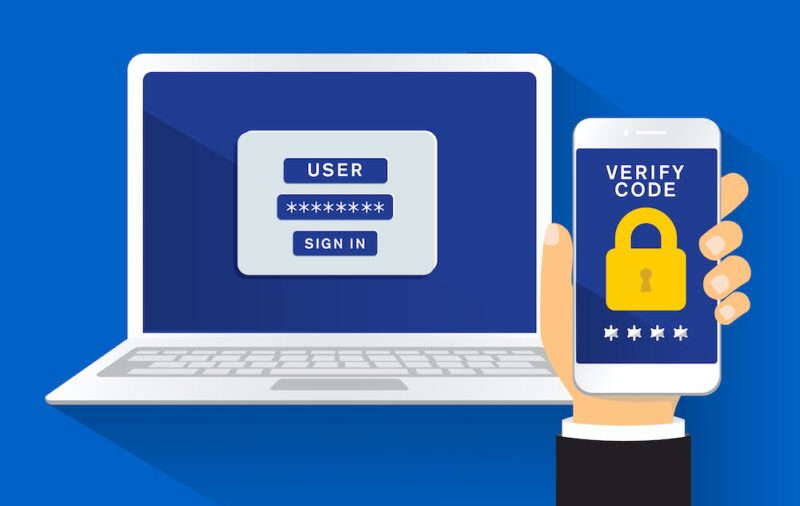Intelice Solutions: Blog

Cybersecurity Awareness Month – Multi-Factor Authentication
Multi-Factor Authentication: Why you should race to embrace it
When you add layers of authentication, like multi-factor authentication, you add layers of security to your accounts, data, and systems.
Authentication, in a security context, is about verifying your identity. You authenticate on a regular basis: when you log into accounts and systems, the information you provide is intended to confirm your status as an authorized user. The problem with single-point authentication – think passwords and PINs – is that it’s also a single point of failure. If a password is the only safeguard in place, and that password is compromised, everything is compromised. Enter: Multi-Factor Authentication.
Multi-factor authentication (MFA) – also commonly referred to as two-factor authentication (2FA) has gained steam over the past several years. Technology advancements have made it relatively simple to implement MFA for key accounts, data repositories, and cloud-based systems. But there is another driving force behind MFA adoption: Password theft and successful credential compromise attacks have skyrocketed.
Multi-factor authentication enhances security by requiring two or more pieces of information – that is, multiple factors – during the authentication process. There are three key factors in MFA:
- Something you know, like a password, PIN, or passphrase
- Something you have, like a real-time, unique verification code. These authentication codes are usually generated by a mobile app or security token, or they are delivered to you via a text message.
- Something you are, at a biometric level, like a fingerprint, iris scan, or voice pattern.

When It’s an Option, Always Opt for MFA
In some cases, multi-factor authentication isn’t optional. Organizations often require employees to provide multiple forms of authentication for assets like virtual private networks (VPNs) and cloud-based systems.
But in other cases, the choice is yours. Many websites and applications have implemented multi-factor authentication – but is is up to you to enable it. Here are three reasons you should always take advantage of MFA when it’s offered:
- It’s easy to add – Yes, you must take action to enable MFA for your logins. But the process isn’t difficult. Sites and applications generally provide simple, step-by-step instructions and clearly explain when to expect an MFA prompt, and how to complete a login.
- It’s easy to use – As noted, there are multiple ways an organization might implement MFA. Regardless of the technology behind the additional authentication factor(s), MFA adds just a few seconds to your login process. (and the extra seconds are worth it.)
- It’s far more secure than a password alone – Cybercriminals have access to billions of stolen usernames and passwords on the underground forums. So…what if the only thing standing between a criminal and your data, finances, and files is a compromised password? MFA helps to limit the damage that can be done if a threat actor steals (or buys) account credentials.
Did you know that the Intelice Solution for Multi-Factor Authentication comes standard with every Managed Service Agreement? Click here to learn more about the Intelice Solution to MFA.




